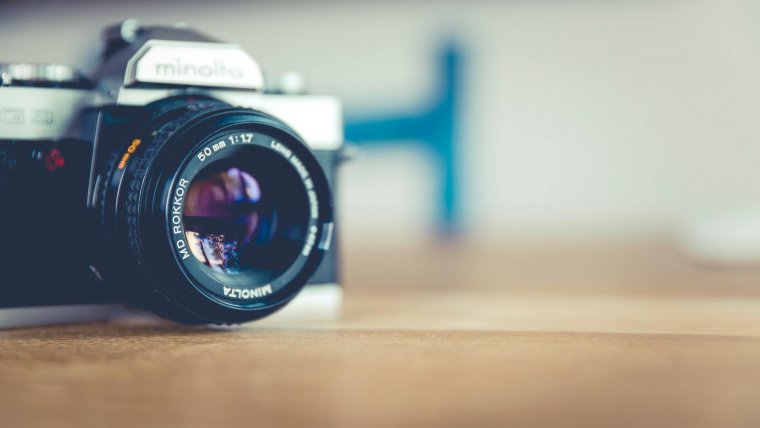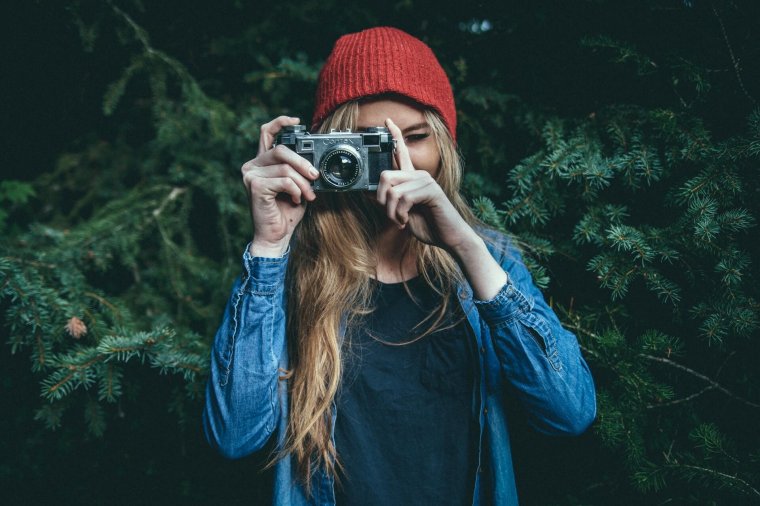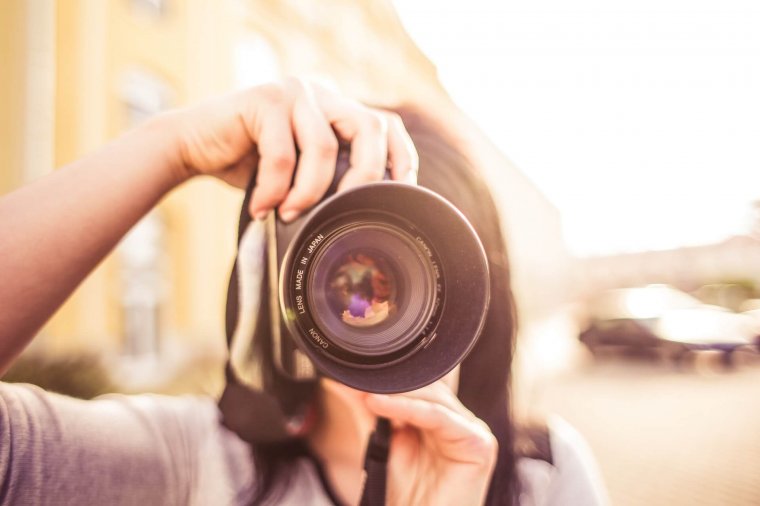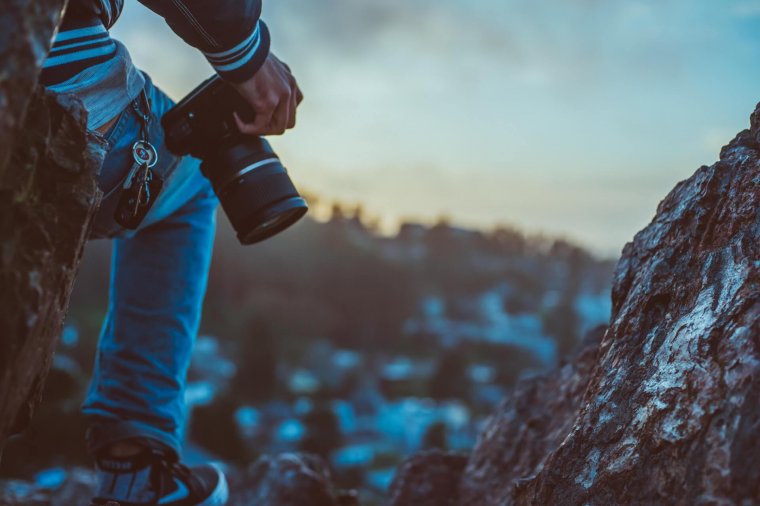
This topic might sound a little deep but it’s a common occurrence where you see photographers know the fundamental mechanisms of their camera and know how to work each button but being one with your camera is a completely different story. How many times have you seen a live framed shot with your eyes and would like you to capture, however, your camera doesn’t seem to see what your eyes see which leaves you with whatever the camera felt like capturing or focusing on. This can indeed be a debate on managing your manual or auto focus but it can indeed go further than that. In this article, I will be sharing you a few pointers on how to see what your camera sees and vice versa. This should help you in composing some mind boggling shots that even you yourself may be amazed by. Without further adieu let’s get into it.
Table of Contents
Photographs are all limited and bordered by the size of a frame, therefore, there is always so much and no more that can be captured in a single frame (depending on the lens used). You generally don’t see your daily life through such restriction as that would probably drive us crazy. Cup your hands and put them to the side of your face and just imagine only being able to see things like that daily, crazy right? When framing your shot try not to see these limitations as a disadvantage but rather use them to benefit your shot. Try to be selective in what you’d like to be in your shot and what should be excluded so it’s exactly what you wanted to be that is captured.

Now it’s almost impossible for us to zoom with our eyes, therefore, we can only visualize the shot before we take it. Using a telephoto lens will help you to get a bit more closely. Also if you find where the current lens on your camera is not giving you the freedom of composing your shot to how you like it in terms of what to exclude and include then get closer and cut all the excess you don’t want to be seen. Changing to a Telephoto lens gives you the freedom and ability to stay in one location yet see a wide angled view or a narrow one. When you begin to understand the concept of field of view in your shots then it will help to make more interesting compositions.

As photographers or non-photographers, we have all seen that moment in time where It was a one time chance to capture a pure and unorganized or edit moment. We commonly call them candids but being able to capture a moment in time in all its innocents is just another bonding element you and your camera will share. Always keep in mind that whether it be a landscape, sports or wildlife shot, the moment you press that shutter button will determine how your photo will look or come out. With that tool in your hand, you now have the power to deliberately select and capture a frame in time. Only if we could time travel like that, what a world we would be in today. In your day to day life, you see continuously and not with a single stance or limited field of vision so learning to recognize the optimum moments to press your finger down on that shutter release button is one of the most important aspects of a photographer, never forget that.

In previous articles, we have gone in depth about the technicalities and how to achieve the depth of field with your camera. Just scraping the surface here it can be a bit difficult IF the depth of field created by your lens or distance from the subject takes away from something you might have wanted to be visible in your shot. The depth of field in a day to day demonstration can simply be placing your finger as close as possible to the center of your face and you observe where everything else around basically gets blurred out or barely visible. This is something we have in common with our camera lenses and can apply these fundamental principles when capturing images. You can use this effect to your advantage in many creative ways and take stunning shots of a subject that wouldn’t naturally see with your eyes.
Your camera can be seen as an extension of your eyes and mind in terms of what you think and what you see. It is indeed a tool but becoming one and understanding your tool more can yield so many benefits you never thought possible. I hope this article has helped and encouraged you to take up your camera and spend some more time with until next time: thank you for reading!
Comments (0)
There are no comments yet.